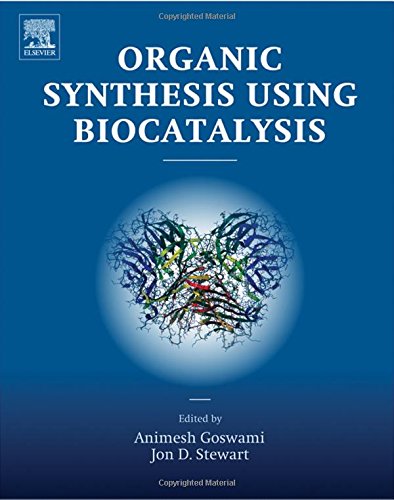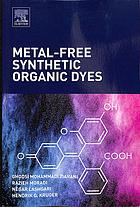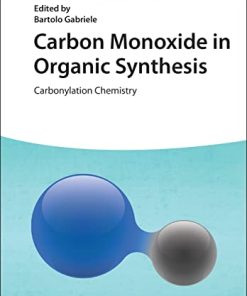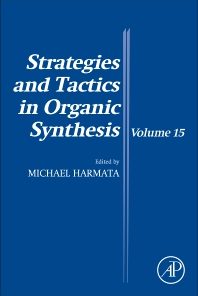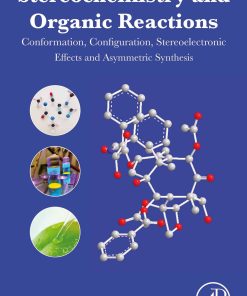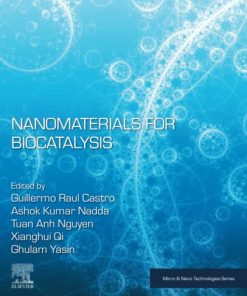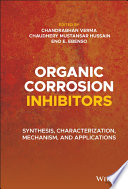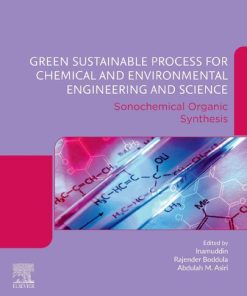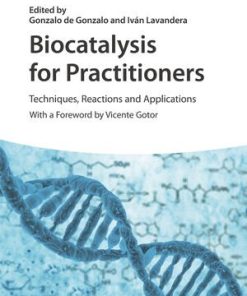Organic Synthesis Using Biocatalysis 1st Edition Goswami
$50.00 Original price was: $50.00.$25.00Current price is: $25.00.
Organic Synthesis Using Biocatalysis 1st Edition Goswami Digital Instant Download
Author(s): Goswami, Animesh; Stewart, Jon D
ISBN(s): 9780124115187, 9780124115422, 0124115187, 012411542X
Edition: 1
File Details: PDF, 32.20 MB
Year: 2016
Language: English
Organic Synthesis Using Biocatalysis – Ebook Instant Download/Delivery ISBN(s): 9780124115187,9780124115422,0124115187,012411542X
You may also like…
Sale!
Science (General)
Sale!
Chemistry - Organic Chemistry
Carbon Monoxide in Organic Synthesis – Carbonylation Chemistry Gabriele Bartolo
Sale!
Chemistry - Organic Chemistry
Sale!
Chemistry - Organic Chemistry
Sale!
Technique - Nanotechnology
Sale!
Engineering - Industrial Engineering & Materials Science
Sale!
Sale!
Chemistry - Organic Chemistry
Sale!


